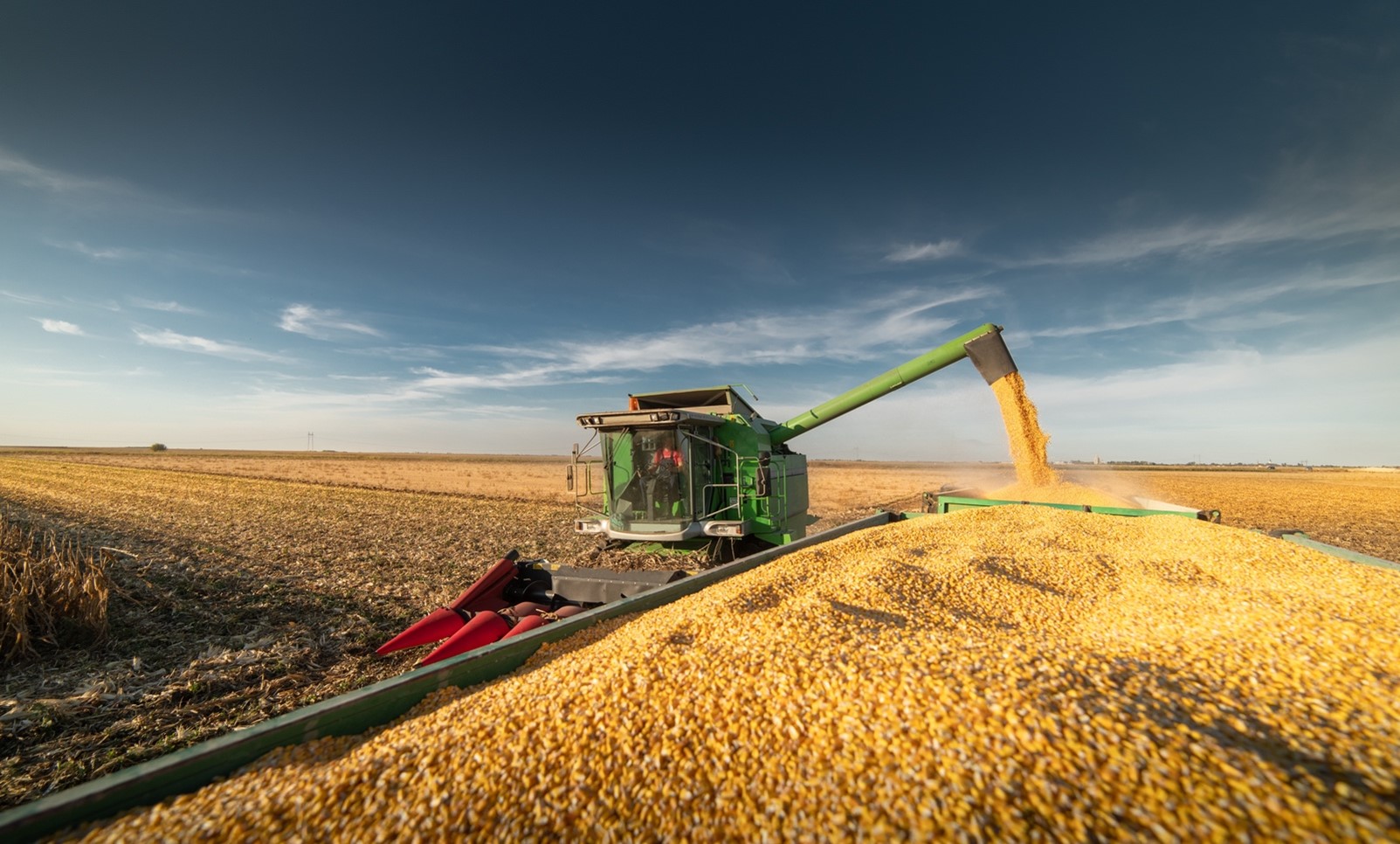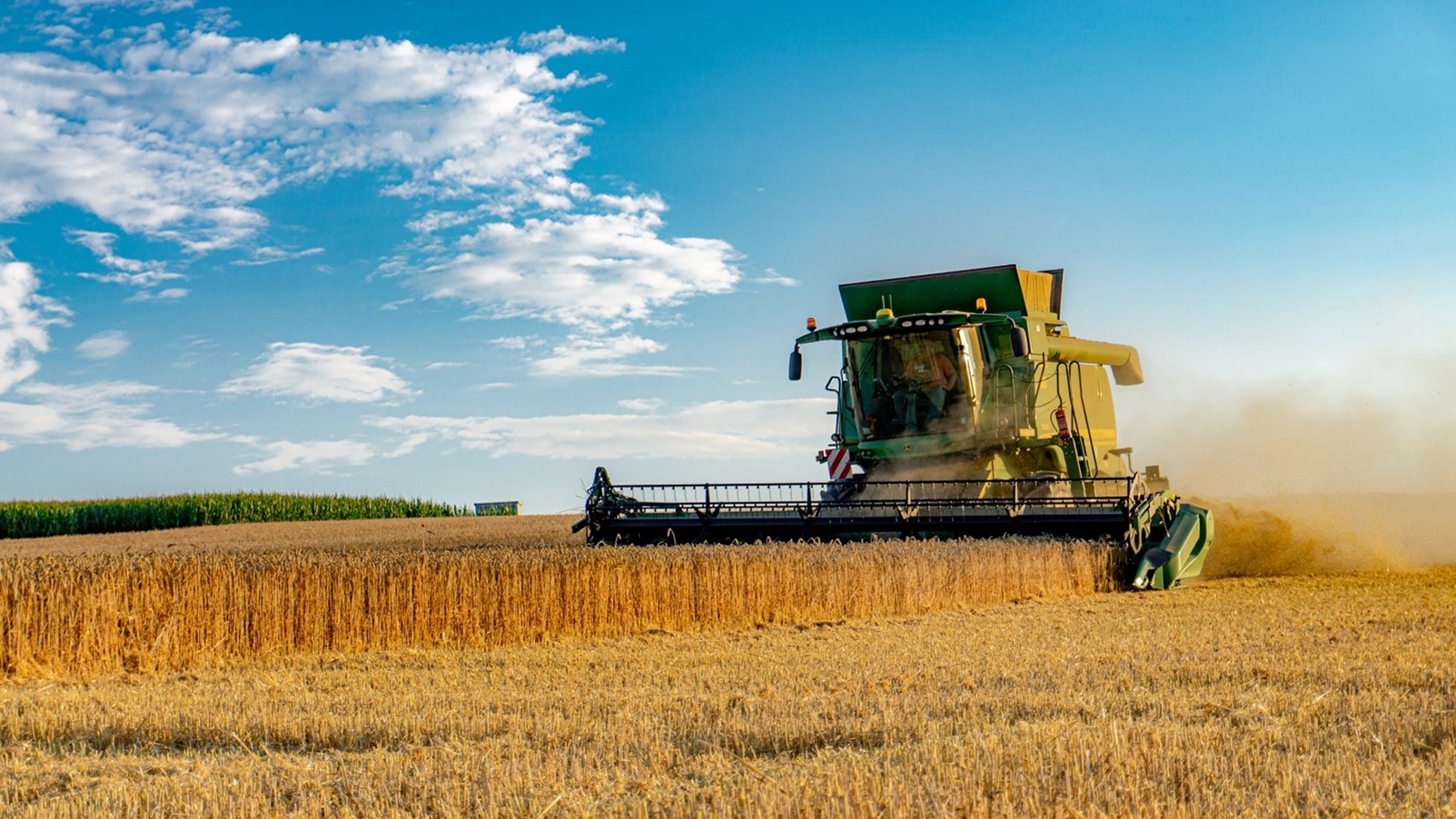- The December WASDE marked the end of grains’ recent rally.
- We remain worried about fertilizer supply and La Niña, though.
- The US has asked Germany to delay permits on Nord Stream 2, so fertilizer could become even more costly.
Nixal’s Forecast
Our 2021/22 price forecast (Sep/Oct) for Chicago Corn remains unchanged in a range of 4.5 to 5 USD/bu with an upside bias. The average price since the new crop started is running at 5.46 USD/bu.
Nixal’s Market Commentary
A neutral December WASDE resulted in small gains for corn, but the report was negative for wheat, which had losses in Chicago and the EU. The supply picture for grains appears more comfortable now.
Global corn closing stocks for 2021/22 were increased by 1.1m tonnes.
Brazilian production was left unchanged at 118m tonnes, in line with Conab. Our doubts for Brazilian production centre around yields, as less fertilizer should be used on the first corn crop.
Ukrainian production was increased to 40m tonnes, but this number appears obsolete as the harvest has already reached that value and field work has not finished yet.
EU production was increased to 70.4m tonnes as the French crop looks better than expected. Eastern European crops have also coped well with the drought.
Chinese production was reduced by 450k tonnes to 272.55m tonnes. Argentinian production was left unchanged at 54.5m tonnes but BAGE increased its forecast from 55 to 57m tonnes due to improved soil moisture.

Wheat had a negative week with Chicago dropping 1.6% and Matif (the March future) dropping 3.2% after the WASDE increased global ending stocks by 3m tonnes on the back of higher initial stocks and production.
US production and consumption were left unchanged, but exports were revised lower resulting in higher ending stocks.
Argentinian production was left unchanged at 20m tonnes but both BAGE and BCR forecasted a record 21m tonnes last Friday. The Government is now thinking of lowering their wheat export quota.
The WASDE also increased Australian production by 2.5m tonnes to 34m tonnes.
Russian production was also increased by 1m tonnes to 75.5m tonnes, but this was expected. Russia also increased its wheat export tax again by 6.1 USD/mt to 91 USD/mt.

Overall, the WASDE neutralized the rally we’ve been seeing in grains for a while. However, we remain conscious of the risks we mentioned prior to the WASDE. These risks include the impact of La Niña on South American crops, the impact of expensive fertilizers for Northern Hemisphere wheat and South American corn. Both justify a premium on prices and the geopolitical tensions between Ukraine and Russia add additional risk. The US has asked Germany to delay the permits on Nord Stream 2 to pressure Russia. This could send natural gas prices higher, making fertilizer even more expensive.
Despite higher global production, wheat’s supply picture shows a stock draw of 11m tonnes. For corn, we see a stock build of 13m tonnes. In both cases, the difference is immaterial versus the November WASDE with the stock-to-use ratio slightly more comfortable for both corn and wheat.
We’re not expecting major changes to price action.













